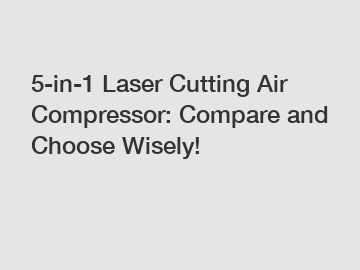Torsion Tube Tempering: Heat Treating vs. Conventional Methods
TY-induction Product Page
Q1: What is Torsion Tube Tempering?
Torsion tube tempering is a heat treatment process used to enhance the mechanical properties of torsion tubes, commonly found in automotive and aerospace applications. The aim is to increase strength, toughness, and ductility, ensuring they can withstand stress and strain during operation.
Q2: How does heat treating differ from conventional methods?
Heat treating involves controlled heating and cooling processes to alter the physical and sometimes chemical properties of materials. In contrast, conventional methods typically involve processes like shaping or welding without significant alteration to the intrinsic material properties. Heat treating provides more precise control over properties like hardness and elasticity.
Q3: What are the steps involved in heat treating torsion tubes?
The process usually includes three main steps:
- Heating: The torsion tube is heated to a specific temperature that usually exceeds the material's transformation phase.
- Soaking: The tube is held at this temperature for a set duration to ensure uniform heating throughout the material.
- Cooling: The tube is then cooled in a controlled manner, often in air or oil, to lock in the desired properties.
Q4: What are the advantages of heat treating torsion tubes?
Heat treating offers several advantages over conventional methods:
Related links:“Torsion Tube Tempering: Methods vs. Benefits Explained”
- Enhanced Strength: The process increases tensile strength, allowing the tubes to handle higher loads without failure.
- Improved Ductility: Proper heat treatment can lead to better ductility, making the tubes less likely to crack or break under stress.
- Better Fatigue Resistance: Treating the material improves its ability to withstand repetitive loading cycles.
Q5: Are there any downsides to using heat treating?
What is the Best Diesel Driven Portable Screw Air-compressor Solution?
Maximize Efficiency: 5 Must-Know Tips for Animal Feed Plants
The Advantages of Implementing Solar Energy Solutions
The Advantages of Utilizing Stainless Steel Beer Tanks
How to Choose: Steam vs. Hot Water Boilers?
Is Your Fine Grind Hammer Mill Slowing Down Production Efficiency?
While heat treating has many benefits, it also has some downsides:
- Cost: Heat treating can be more expensive than conventional methods due to the need for specialized equipment and controlled environments.
- Time-Consuming: The process often takes longer, requiring careful monitoring and control of temperatures.
- Potential Distortion: Improper heat treatment may cause warping or distortion in the material, leading to additional machining or adjustments.
Q6: In what scenarios is heat treating recommended for torsion tubes?
Heat treating is recommended in scenarios where high performance and reliability are crucial, such as in heavy-duty vehicles or aerospace components. If the torsion tube will experience significant stress or fatigue, heat treatment can ensure that it meets the required specifications and performs reliably over time.
Conclusion
In summary, torsion tube tempering through heat treating provides significant advantages in enhancing material properties essential for demanding applications. However, one must weigh the benefits against the costs and potential downsides to determine the best method for a specific project.
For more information, please visit our website.
Related links:How to Optimize Livestock Feed Processing Systems Efficiently
How Livestock Feed Processing Systems Improve Efficiency?
How Does Advanced Solar Panel Technology Work?
Electric Hot Oil Boiler vs. Traditional Boilers: Key Differences Explained
How to Choose the Best Fermentation Tanks?
Unlocking Efficiency: Intelligent Buckwheat Flour Processing Plant
How Does Quality Feedback Improve Customer Service?









